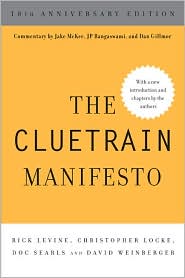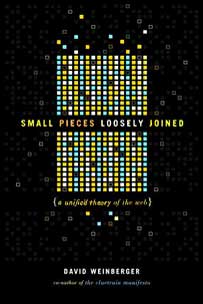October 11, 2016
[liveblog] Vinny Senguttuvan on Predicting Customers
Vinny Senguttuvan is Senior Data Scientist at METIS. Before that, he was at Facebook-based gaming company, High 5 Games, which had 10M users. His talk at PAPIs: “Predicting Customers.”
|
NOTE: Live-blogging. Getting things wrong. Missing points. Omitting key information. Introducing artificial choppiness. Over-emphasizing small matters. Paraphrasing badly. Not running a spellpchecker. Mangling other people’s ideas and words. You are warned, people. |
The main challenge: Most of the players play for free. Only 2% ever spend money on the site, buying extra money to play. (It’s not gambling because you never cash out). 2% of those 2% contribute the majority of the revenue.
All proposed changes go through A/B testing. E.g., should we change the “Buy credits” button from blue to red. This is classic hypothesis testing. So you put up both options and see which gets the best results. It’s important to remember that there’s a cost to the change, so the A-B preference needs to be substantial enough. But often the differences are marginal. So you can increase the sample size. This complicates the process. “A long list of changes means not enough time per change.” And you want to be sure that the change affects the paying customers positively, which means taking even longer.
When they don’t have enough samples, they can bring down the confidence level required to make the change. Or they could bias one side of the hypothesis. And you can assume the variables are independent and run simultaneous A-B tests on various variables. High 5 does all three. It’s not perfect but it works.
Second, there is a poularity metric by which they rank or classify their 100 games. They constantly add games — it went from 15 to 100 in two years. This continuously changes the ranking of the games. Plus, some are launched locked. This complicates things. Vinny’s boss came up with a model of an n-dimensional casino, but it was too complex. Instead, they take 2 simple approaches: 1. An average-weighted spin. 2. Bayesian. Both predicted well but had flaws, so they used a type of average of both.
Third: Survival analysis. They wanted to know how many users are still active a given time after they created their account, and when is a user at risk of discontinuing use. First, they grouped users into cohorts (people who joined within a couple of weeks of each other) and plotted survival rates over time. They also observed return rates of users after each additional day of absence. They also implement a Cox survival model. They found that newer users were more likely to decline in their use of the product; early users are more committed. This pattern is widespread. That means they have to continuously acquire new players. They also alert users when they reach the elbow of disuse.
Fourth: Predictive lifetime value. Lifetime value = total revenue from a user over the entire time the the produced. This is significant because of costs: 10-15% of the rev goes into ads to acquire customers. Their 365 day prediction model should be a time series, but they needed results faster, so they flipped it into a regression problem, predicting the 365 day revenue based on the user’s first month data: how they spent, purchase count, days of play, player level achievement, and the date joined. [He talks about regression problems, but I can’t keep up.] At that point it cost $2 to acquire a customer from FB ad, and $6 from mobile apps. But when they tested, the mobile acquisitions were more profitable than those that came from through FB. It turned out that FB was counting as new users any player who hadn’t played in 30 days, and was re-charging them for it. [I hope I got that right.]
Fifth: Recommendation systems. Pandora notes the feature of songs and uses this to recommend similarities. YouTube makes recommendations made based on relations among users. Non-matrix factorization [I’m pretty sure he just made this up] gives you the ability to predict the score for a video that you know nothing about in terms of content. But what if the ratings are not clearly defined? At High 5, there are no explicit ratings. They calculated a rating based on how often a player plays it, how long the session, etc. And what do you do about missing values: use averages. But there are too many zeroes in the system, so they use sparse matrix solvers. Plus, there is a semi-order to the games, so they used some human input. [Useful for library Stackscores
?]








